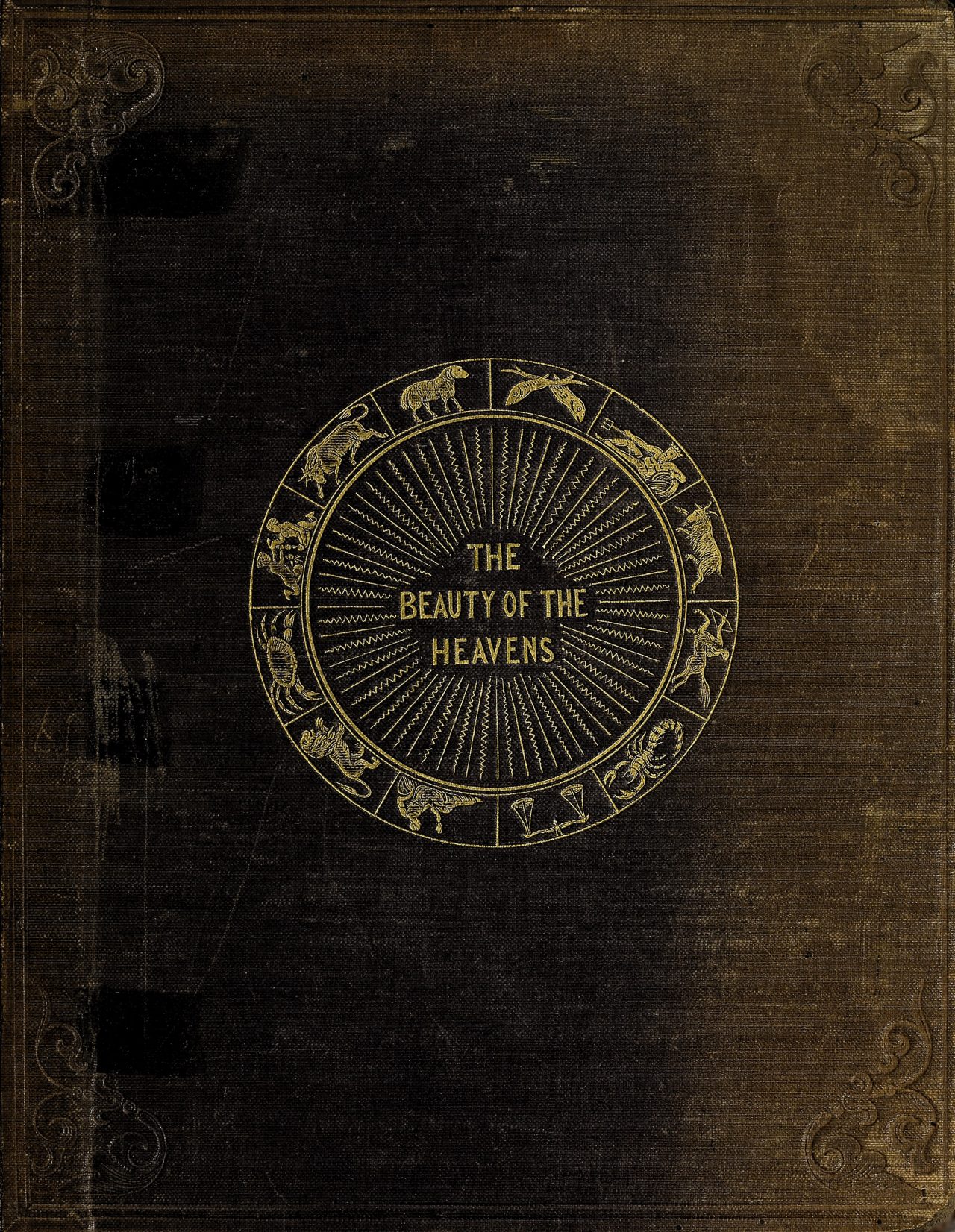
The sections of the book reflect the conference sessions. The first day was devoted to Galilean contributions, then on subsequent days the conference focused on the relationships between astronomy and art, architecture, literature, religion, history, music, and movies. The conference provided a meeting place for scholars from a variety of disciplines to discuss their studies on the cultural impact of astronomical phenomena and for artists to present their astronomically-inspired artworks. The conference explored humanity's fascination with the sky, which has been a strong and often dominant element in human life and culture. The conference was organized by the Istituto Veneto di Scienze, Lettere ed Arti, the Astronomy Department of the University of Padua, the INAF-Astronomical Observatory of Padua, and the Vatican Observatory. Available as a print.These are the proceedings of the international conference "The Inspiration of Astronomical Phenomena VI" celebrating the 400th anniversary of Galileo's first use of the telescope. Phases of Venus and Saturn by Maria Clara Eimmart.

Phases of the Moon by Maria Clara Eimmart.

I have made some of Eimmart’s etchings, which are in the public domain, available as art prints, with all proceeds benefitting the endeavor to build New York City’s first-ever public observatory at Pioneer Works: Phases of Jupiter and Mercury by Maria Clara Eimmart. Complement it with Johannes Hevelius’s pioneering 17th-century map of the moon and the Solar System quilt that a 19th-century Iowa woman spent seven years embroidering in order to use it as a teaching tool in her astronomy lectures to women, then revisit contemporary artist Lia Halloran’s stunning cyanotype tribute to trailblazing women in astronomy. Some of Eimmart’s art appears in Michael Benson’s altogether splendid Cosmigraphics: Picturing Space Through Time. A year later, at only thirty-one, Eimmart died in childbirth - a common tragedy at the time - leaving behind some stunning astronomical engravings of the Moon, the planets of the Solar System, comets, and the atmospheric optical phenomena paraselene and parhelion, Latin for “beside the Moon” and “beside the Sun,” commonly known as moon dog and sun dog. In her thirtieth year - an old maid by the era’s standards - she married one of his father’s pupils, a budding physicist who would eventually come to direct the observatory. Among them are the phases of Venus, Galileo’s observations of which furnished the first nail in the coffin of the geocentric model of the universe less than a century earlier.
#Astronomical phenomena in art series#
The young Maria Clara began apprenticing with her father both as an artist and an astronomer, assisting in his observations and creating pictorial depictions of his data.īetween her late teens and her mid-twenties - around the time her compatriot Maria Sibylla Merian was revolutionizing entomology with her own work as a self-taught artist and naturalist - Eimmart created a series of exquisite, detailed illustrations of celestial objects. A successful engraver, draughtsman, and painter with a passion for astronomy, he spent most of his earnings on astronomical instruments and eventually built a small observatory on the city walls of Nuremberg, where he served as director of the Academy of Art. Like Margaret Fuller, Eimmart benefitted from the love and intellectual generosity of a father who equipped her with a rigorous foundation of French, Latin, mathematics, and art.

She went on to become an artist, engraver, and astronomer who produced some of the most striking astronomical art since the invention of the telescope, in a time when humanity had no idea that the universe contained galaxies other than our own.
#Astronomical phenomena in art professional#
Born in Germany in an era when no woman could obtain a formal education in science anywhere in the world, Maria Clara Eimmart (May 27, 1676–October 29, 1707) predated Caroline Herschel - the world’s first professional woman astronomer - by a century.


 0 kommentar(er)
0 kommentar(er)
